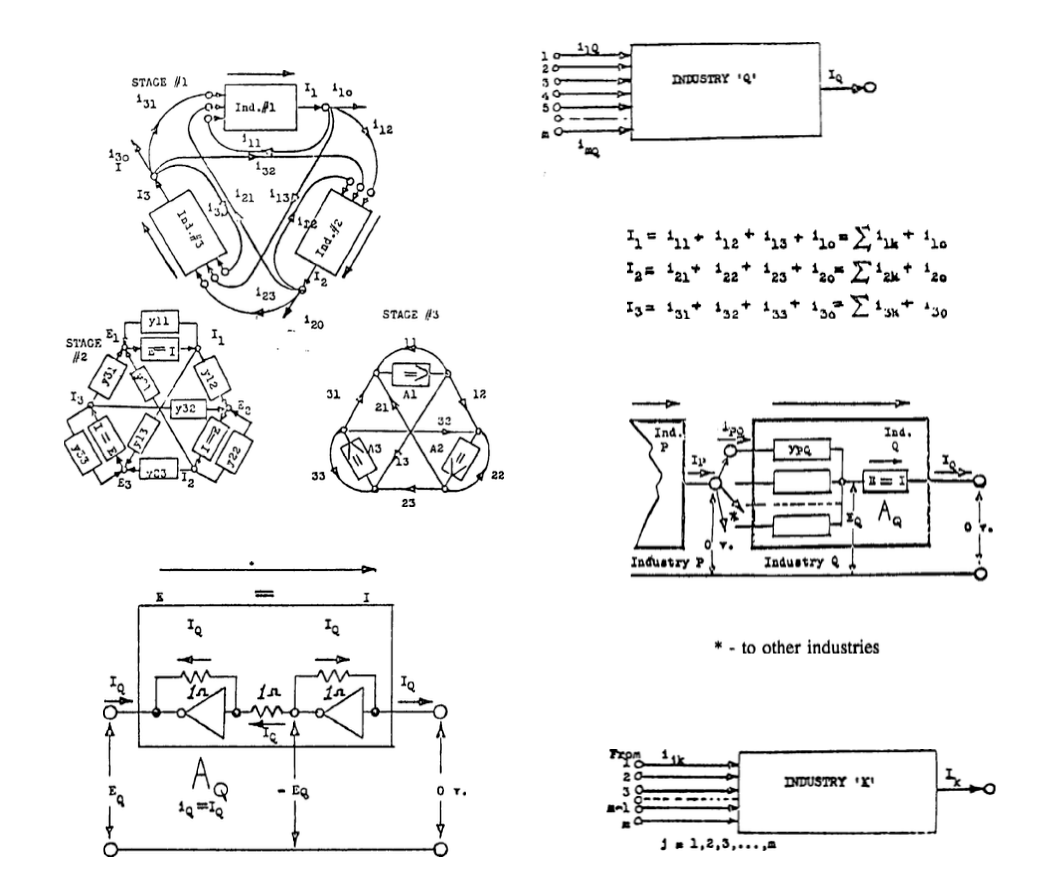November 1, 1990 The Development of New Antipersonnel Weapons by Louise Doswald-Beck and Gerald C. Cauderay
17 of 27
resulting injuries is at present, and will be for the foreseeable future, virtually non-existent. The second working group, which will principally comprise psychiatrists and doctors, will study in greater detail the short and long-term effects, both for the individual and for society, of blindness &a compared with other injuries typically sustained on the battlefield. The information collected can then be used for a more thorough discussion of the legal and policy implications of the development of these weapons.
5. Directed energy weapons (DEW)
Apart from the anti-personnel laser weapon, which in some respects could also be considered as a directed energy weapon, there are also very special weapons, such as those using electromagnetic waves of different wavelengths and generators of particle beams, which are considered by some experts as extremely efficient potential anti-materiel weapons. Although this particular type of weapon, which requires a considerable energy supply, in unlikely to become operational on the battlefield in the near future, the same cannot be said for weapon systems using beams of electromagnetic waves
18 of 27
or pulses. The effects induced in human beings by electromagnetic waves have been known, albeit imperfectly, for a long time and have been the subject of continuous research. Depending on the frequency used, the emission mode, the energy radiated, and the shape and duration of the pulses used, electromagnetic radiations directed against the human body may produce heat and cause serious bums or even changes in the molecular structure of the issues they reach.Research work in this field has been carried out in almost all industrialized countries, and especially by the great powers, with a view to using these phenomena for anti-materiel or antipersonnel purposes. Tests have demonstrated that powerful microwave pulses could be used as a weapon in order to put the adversary hors de combat or even kill him. It is possible today to generate a very powerful microwave pulse (e.g., between 150 and 3,000 megahertz), with an energy level of several hundreds of megawatts. Using specially adapted antenna systems, these generators could in principle transmit over hundreds of metres sufficient energy to cook a meal.
19-20 of 27
However, it is important to mention that the lethal or incapacitating effects which can be expected from weapon systems using this technology can be produced with much lower energy levels. Using the principle of magnetic field concentration, which permits the control of the geometry on the target, by means of antenna systems especially designed for the purpose,
the radiated energy can be concentrated on very small surfaces of the human body, for example the base of the brain where relatively low energy can produce lethal effects. It seems that with currently available technology, serious consideration could be given to the production of such weapon systems, which could have a range of approximately 15 km and could sweep a zone with a series of fast pulses. Unprotected soldiers within this zone could be put hors de combat or killed within a few seconds. Such a weapon could be installed on a truck and would therefore be easily transportable.
In spite of the rarity of publications on this subject, and the fact tht it is usually strictly classified information, research undertaken in this field seems to have demonstrated that very small amounts of electromagnetic radiation could appreciably alter the functions of living cells. Research work has also revealed that pathological effects close to those induced by highly toxic substances could be produced by electromagnetic radiation even at very low power, especially those using a pulse shape containing a large number of different frequencies. As mentioned earlier, the energy necessary to achieve these results is often much lower than the energy required to induce a significant effect of heat in body tissues.
Some research seems to have confirmed that low-level electromagnetic fields, modulated to be similar to normal brainwaves could seriously affect brain function.Experiments with pulsed magnetic f ields carried out in animals have reportedly produced specific effects such such as inducing sleep and triggering anxiety or aggressiveness, depending on the modulation of the frequency used. It is, on the other hand, well known that lethal effects can also be produced by using higher power levels than those used for the experiments on behaviour modification. An anti-personnel weapon based on such biophysical principles could produce similar effects to those of a nerve gas, but would have no secondary effects and leave no lasting trace.




